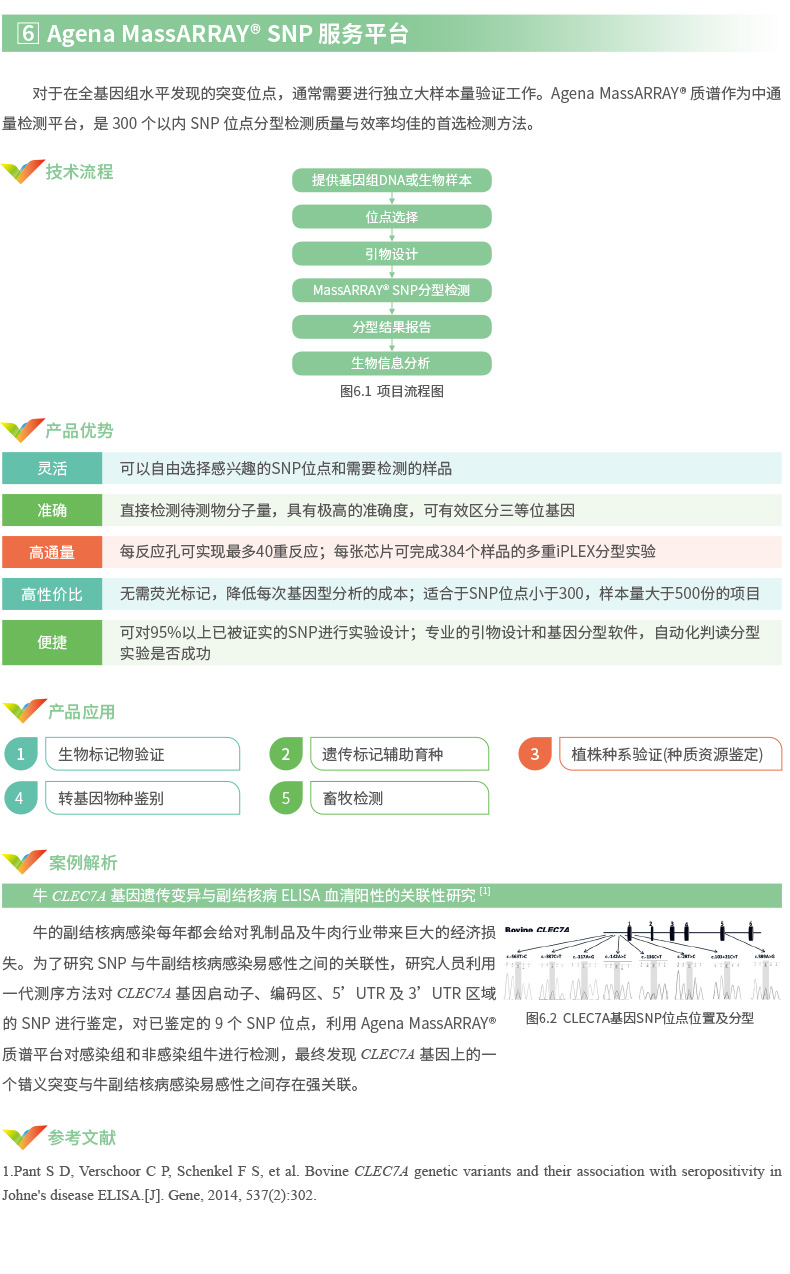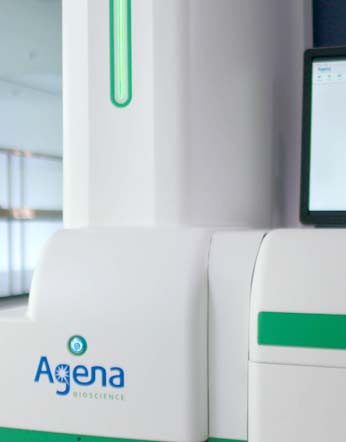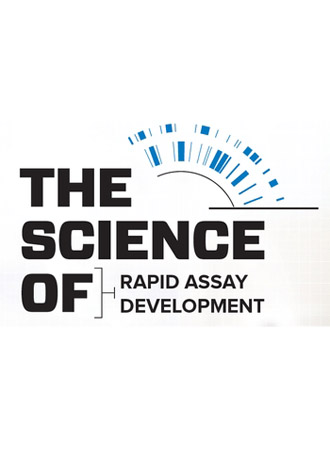
There has been a significant expansion of targeted therapies for NSCLC that have been shown to be effective in patients with specific genetic alterations expressed in tissue from their lung tumor, such as selected mutations in exons 18,19, 20 and 21 of EGFR. However, more frequent biopsy of earlier, smaller tumors and increasing use of innovative, minimally invasive biopsy technologies have resulted in smaller samples with less tumor tissue available for analysis. These findings suggest that treatment can be significantly improved by detecting lung cancer tumors while they are smaller and more locally defined. Unfortunately, many lung cancers are identified in the later stages of disease, translating to lower survival rates.

Traditionally, lung cancer survival rates tend to vary markedly depending on the stage at time of diagnosis. Lung cancer is also the leading cause of cancer death in the United States, where an estimated 222,500 new cases will be diagnosed in 2017, with 155,870 deaths due to disease. Lung cancer is the most frequent cancer worldwide, with nearly 1.83 million new cases of lung cancer estimated to have been diagnosed globally in 2012.

In 2012, an estimated 14.1 million new cancer cases were diagnosed worldwide, and this number is predicted to rise over the coming years. Moreover, this in no way alters our adherence to PLOS ONE policies on sharing data and materials. Furthermore, the iPEX® HS chemistry stated in this manuscript was developed and launched by Agena Bioscience as a commercial product in 2016. The funders had no role in study design, data collection and analysis, decision to publish, or preparation of the manuscript.Ĭompeting interests: Agena Bioscience provided support in the form of salaries of authors RTB, JK, MM, DI, but did not have any additional role in the study design, data collection and analysis, decision to publish or preparation if the manuscript. Furthermore, the iPLEX® HS chemistry stated in this manuscript was developed and launched by Agena Bioscience as a commercial product in 2016. MSS was partially supported by grant funding from The Walther Cancer Foundation. This is an open access article distributed under the terms of the Creative Commons Attribution License, which permits unrestricted use, distribution, and reproduction in any medium, provided the original author and source are credited.ĭata Availability: All relevant data are within the paper and its Supporting Information files.įunding: Agena Bioscience provided support in the form of salaries for authors RTB, JK, MM, DI, but did not have any additional role in the study design, data collection and analysis, decision to publish, or preparation of the manuscript. Received: MaAccepted: AugPublished: September 19, 2017Ĭopyright: © 2017 Sutton et al. PLoS ONE 12(9):Įditor: Giancarlo Troncone, Universita degli Studi di Napoli Federico II, ITALY

(2017) Assessment of common somatic mutations of EGFR, KRAS, BRAF, NRAS in pulmonary non-small cell carcinoma using iPLEX ® HS, a new highly sensitive assay for the MassARRAY ® System. This highly sensitive system identified approximately 10% more KRAS, NRAS, EGFR and BRAF mutations than were detected by the original test platform, which had a sensitivity range of 5–10% variant allele frequency (VAF).Ĭitation: Sutton BC, Birse RT, Maggert K, Ray T, Hobbs J, Ezenekwe A, et al. In this study, we assessed 179 clinical cases of non-small cell lung carcinoma (NSCLC) that had been previously tested for EGFR, KRAS, NRAS, and BRAF mutations using a novel multiplexed analytic approach that reduces wild-type signal and allows for detection of low mutation load approaching 1%, iPLEX ® HS panel for the MassARRAY ® System (Agena Bioscience, San Diego, CA). However, use of these less invasive procedures generates significant analytical challenges for the laboratory, such as a requirement for robust detection of low level somatic mutations, particularly when the starting sample is very small or demonstrates few intact tumor cells. As many lung cancer patients have late stage disease and other comorbidities that make open surgical procedures hazardous, the least invasive biopsy technique with the highest potential specimen yield is now the preferred first diagnostic study. Increased early detection and personalized therapy for lung cancer have coincided with greater use of minimally invasive sampling techniques such as endobronchial ultrasound-guided biopsy (EBUS), endoscopic ultrasound-guided biopsy (EUS), and navigational biopsy, as well as thin needle core biopsies.


 0 kommentar(er)
0 kommentar(er)
